What Are Spare Ribs? A Sizzling Dive into the Heart of BBQ
Spare ribs — just saying the name makes your mouth water, doesn’t it? But what exactly are spare ribs, and why do they hold such a legendary place in the world of Spice Basics? Whether you’re a seasoned pitmaster or someone who recently discovered that not all pork comes from a sandwich, this guide will take you through everything you need to know about spare ribs, including their origin, preparation, spice profiles, and pro tips for nailing them at home.
Table of Contents
- What Exactly Are Spare Ribs?
- Spice Up Your Life: Flavor Profiles & Rubs
- Cooking Methods: Low & Slow vs. Fast & Furious
- Pro Tips for Perfectly Cooked Spare Ribs
- Myths Busted: Clearing Up Common Confusions
- Visual Comparison Table: Spare Ribs vs. Baby Back Ribs
- Conclusion: Embrace the Mess and Master the Meat
What Exactly Are Spare Ribs?
If you’ve ever been confused about the difference between spare ribs and baby back ribs, you’re not alone. Let’s clear up the confusion once and for all:
- Spare ribs come from the lower portion of the pig’s ribcage, closer to the belly. They’re meatier, fattier, and pack a more robust flavor than their pricier cousins.
- Baby back ribs come from the top of the ribcage near the spine — leaner, shorter, and often considered “prettier” but less intense in taste.
Now that we’ve set the record straight, let’s talk about why spare ribs are so beloved: fat equals flavor, people! And when combined with the right blend of spices, magic happens on your plate.
Spice Up Your Life: Flavor Profiles & Rubs
When it comes to spare ribs, the spice game is strong. Here's how to season like a pro:
- Dry Rubs: A classic in American barbecue culture. Typically made with a mix of salt, pepper, paprika, brown sugar, garlic powder, onion powder, chili powder, and cayenne. The key is balance — sweet, salty, smoky, and spicy all dancing together.
- Wet Rubs: Similar to dry rubs but mixed with oil, vinegar, or mustard to form a paste. These penetrate deeper into the meat and help create a sticky bark (the crust formed during cooking).
- Regional Styles: Different regions in the U.S. have their own takes on spare rib seasoning:
- Kansas City: Sweet, sticky, tomato-based sauce.
- Texas: Simple, bold, peppery, and beefy.
- Memphis: Dry rub with a side of sauce — or none at all!
- Carolina: Vinegar and pepper-forward, especially in Eastern NC styles.
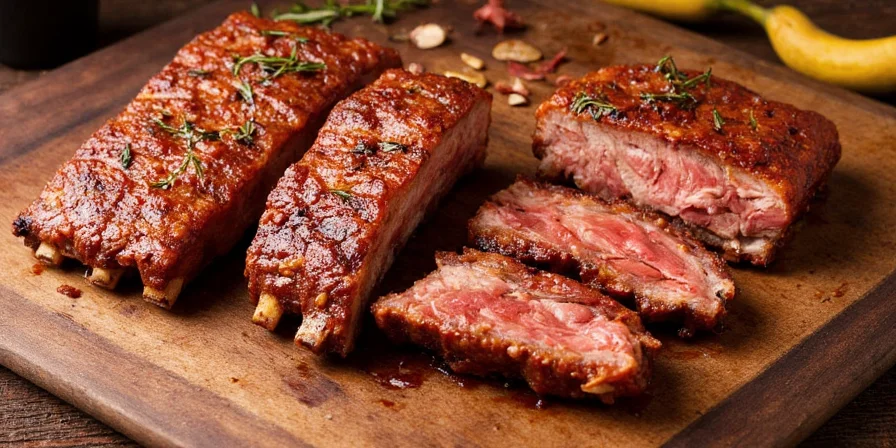
Cooking Methods: Low & Slow vs. Fast & Furious
Cooking spare ribs isn’t rocket science, but it does require patience and attention. Here’s how to do it right:
Low & Slow (Smoker or Oven)
- Temperature: 225–250°F (107–121°C)
- Time: 4–6 hours
- Method: Wrap in foil halfway through (called the Texas Crutch) to keep moisture in and speed up tenderizing.
Fast & Furious (Grill or Oven Finish)
- Temperature: 300–350°F (149–177°C)
- Time: ~2.5 hours
- Method: Great if you’re short on time but still want tender meat. Best paired with a quick glaze of sauce at the end.
Pro Tips for Perfectly Cooked Spare Ribs
Want to impress your friends or win the neighborhood BBQ battle? Follow these golden rules:
- Trim the membrane on the bone side. It keeps flavors out and makes ribs tough.
- Rub the night before to let the flavors meld into the meat.
- Rest the ribs for at least 10–15 minutes before cutting — it locks in juices.
- Don’t skip the foil wrap unless you enjoy chewy ribs that test your jaw muscles.
- Brush with sauce only in the last 10–15 minutes — otherwise, it burns and turns bitter.
- Use a thermometer! Internal temp should be around 195–205°F (90–96°C) for fall-off-the-bone goodness.
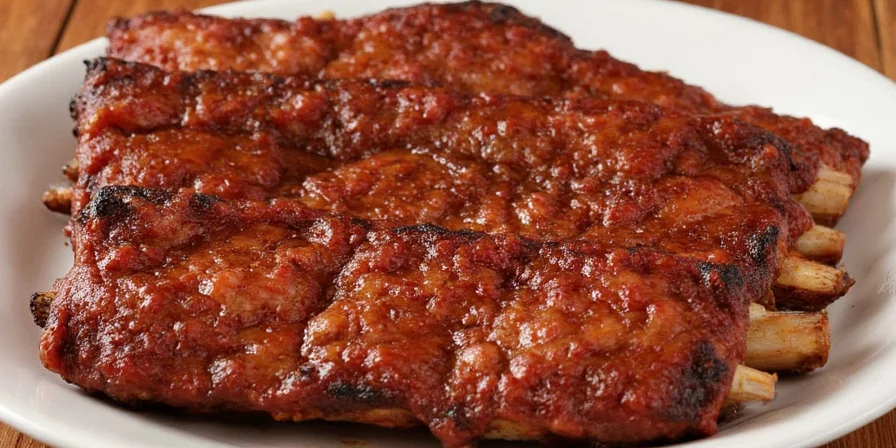
Myths Busted: Clearing Up Common Confusions
Let’s tackle some common misconceptions floating around the backyard grill:
| Myth | Reality |
|---|---|
| You must boil ribs before grilling. | False! Boiling removes flavor and can make ribs mushy. Stick to low and slow smoking instead. |
| All ribs need sauce. | Not true! Some regional styles, like Texas and Memphis, serve ribs without sauce to highlight the rub and smoke. |
| More smoke = More flavor. | Nope! Too much smoke creates bitterness. Use wood chips sparingly and choose varieties like hickory, apple, or cherry for best results. |
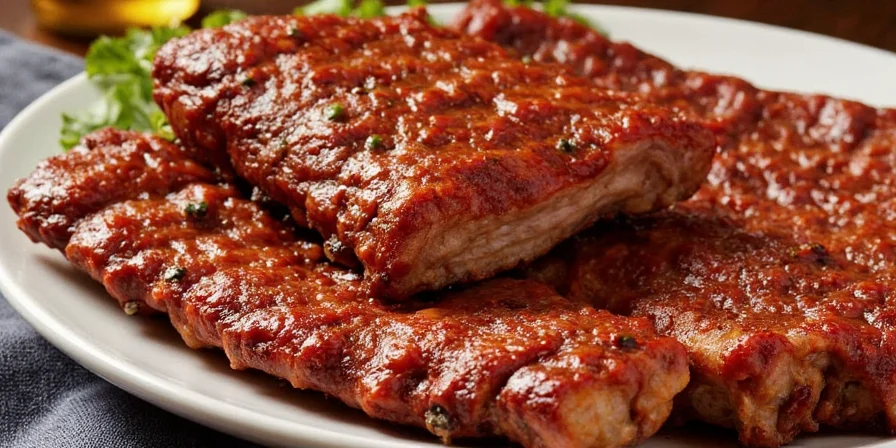
Visual Comparison Table: Spare Ribs vs. Baby Back Ribs
| Feature | Spare Ribs | Baby Back Ribs |
|---|---|---|
| Location | Lower rib cage, near belly | Top of rib cage, near spine |
| Size | Larger, curved bones | Shorter, straighter bones |
| Meatiness | Very meaty, with marbling | Leaner, less marbling |
| Flavor | Rich, bold, fatty | Mild, clean, delicate |
| Price | Generally cheaper | Pricier |
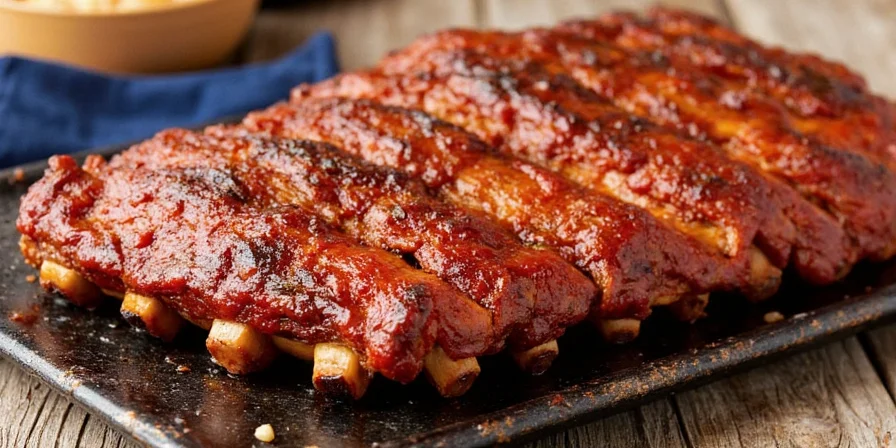
Conclusion: Embrace the Mess and Master the Meat
Spare ribs might not be as pretty as baby backs, but what they lack in looks, they make up for in flavor, texture, and pure carnivorous joy. Understanding what spare ribs are and how to season, cook, and enjoy them opens up a whole new dimension of culinary exploration — especially in the realm of spice.
So next time you see those meaty, flavorful slabs at the butcher counter or on the menu, don’t hesitate. Go for the spare ribs. Trust us — your taste buds will thank you, and your napkin count will double. After all, with great spice comes great mess… and that’s part of the fun!
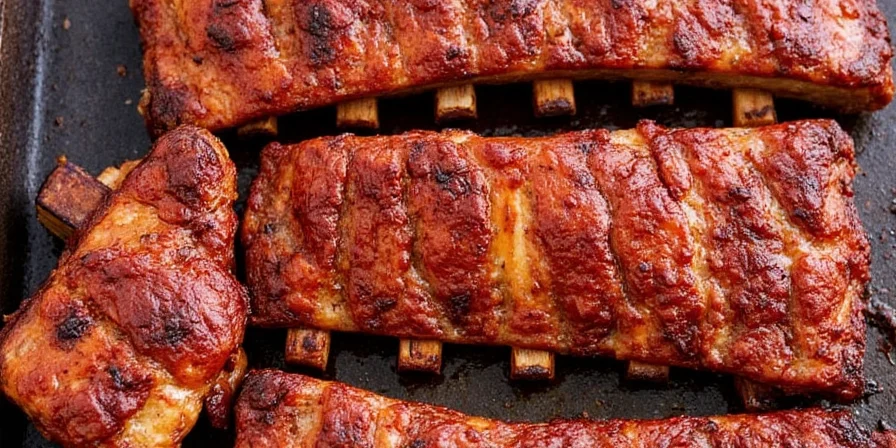

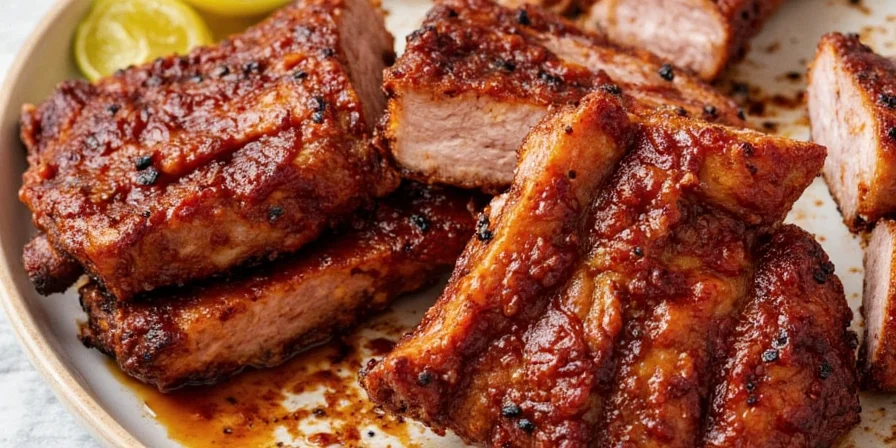









 浙公网安备
33010002000092号
浙公网安备
33010002000092号 浙B2-20120091-4
浙B2-20120091-4